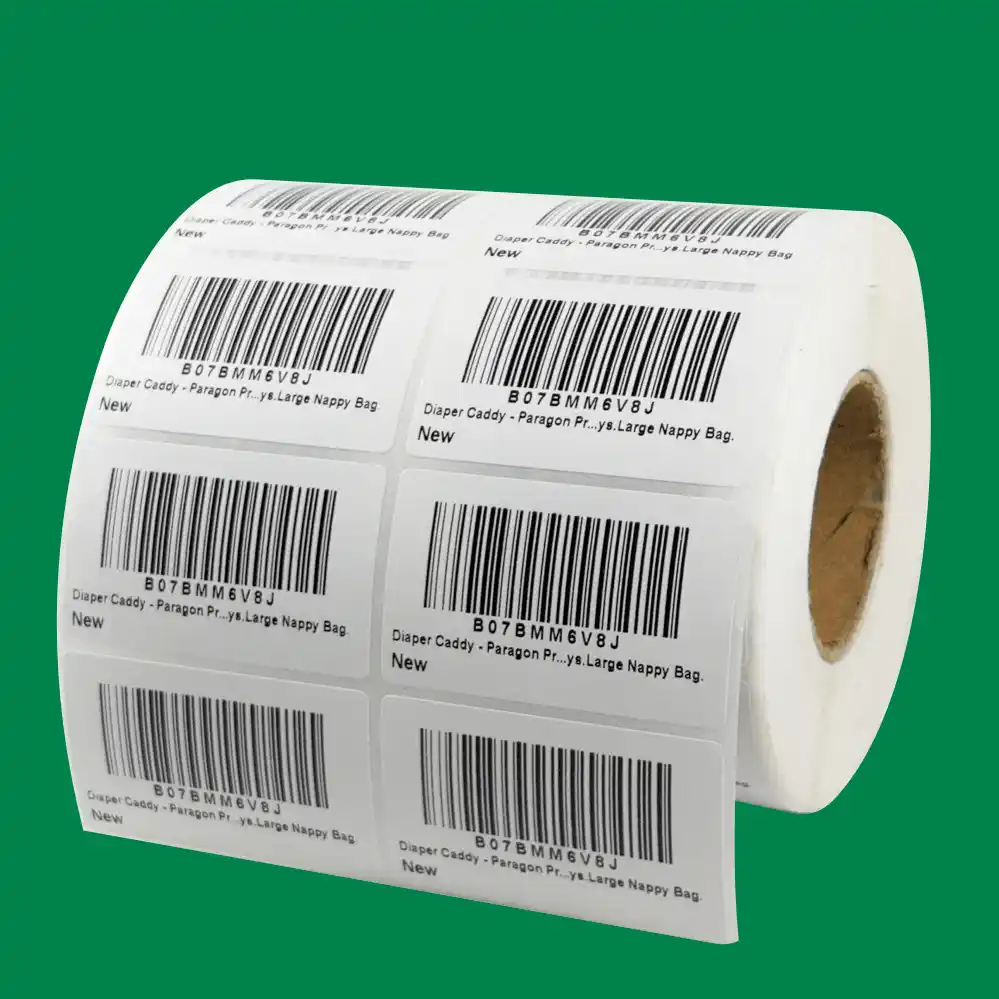Views: 7
The extensive use of self-adhesive labels and the continuous development of their varieties have naturally driven advancements in label printing technology. Label printing encompasses various methods, including flatbed, letterpress, gravure, and screen printing, with different applications across countries. In recent years, global trends in label printing show that flexographic printing, narrow-web rotary printing, and digital printing have become new highlights in Europe and the Americas, representing the future direction of label printing. In China, self-adhesive label printing primarily employs letterpress, offset, flexographic, and screen printing methods. From a technical perspective, each method has its own strengths and weaknesses, and no single method can fully replace another.

Letterpress Printing
Letterpress printing covers a wide range of products, including books and magazines of various sizes and binding methods, newspapers, albums, and decorative prints. Before printing, it is essential to clearly understand the type of printed product and its specific requirements.
Advantages:
- Ink expressiveness of approximately 90%, delivering rich tones and strong color reproduction.
- High plate durability, suitable for large print runs.
- Versatile in terms of paper types and capable of printing on non-paper materials.
Disadvantages:
- High plate-making and printing costs.
- Complex plate-making process.
- Not suitable for small print runs.
Offset Printing
In China, offset printing holds a dominant position due to its fast printing speed, stable quality, and short production cycle. It is widely used for books, newspapers, and a significant portion of commercial printing, making it the primary method for printing paper-based self-adhesive labels in Chinese label printing factories.
Offset printing produces detailed and richly layered graphics, is suitable for large-scale production, and allows for versatile equipment use, aligning well with the characteristics of the Chinese label market. However, sheet-fed offset printing is not ideal for non-absorbent film surfaces, as film labels typically require roll-to-roll printing and volatile drying inks.
